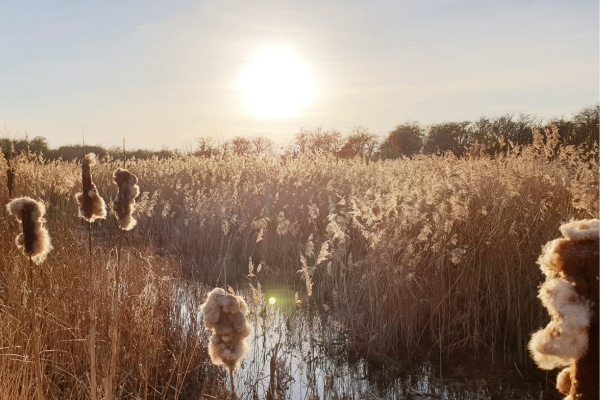
Celebrating World Wetlands Day 2024
To mark World Wetlands Day 2024, Sarah Pinnell explains what makes wetland habitats so special and highlights some of the work carried out to protect them.
Get information on the legal shooting season for mammals and birds in the UK.
Apply for funding for your project or make a donation today
Comprehensive information and advice from our specialist firearms team.
Everything you need to know about shotgun, rifle and airgun ammunition.
Find our up-to-date information, advice and links to government resources.
Everything you need to know on firearms law and licensing.
All the latest news and advice on general licences and how they affect you.
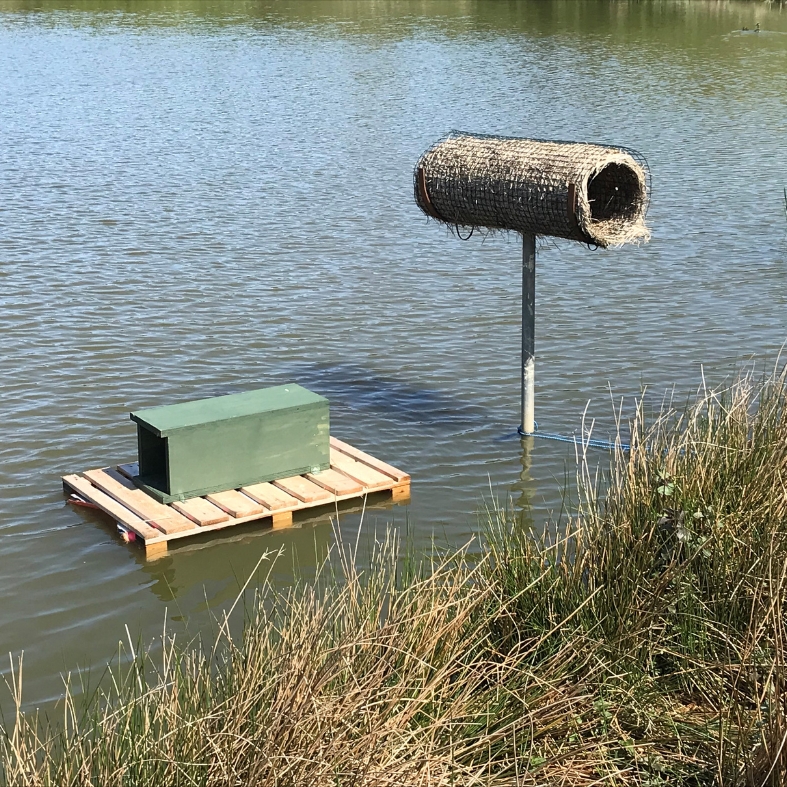

Taw and Torridge Wildfowling Club has recently launched a mink control programme as part of its wider conservation efforts.
Taw and Torridge Wildfowling Club (TTWC), based in Barnstaple in North Devon, was formed in 1975 by a small group of enthusiasts to protect the traditional pastime of wildfowling.
These days, a key hurdle for the club is that it does not own any land; all its shooting areas are leased and often subjected to regular tidal inundation. This somewhat limits the conservation activities that are outwardly visible to the public. In the past, the committee has sought to follow well-recognised conservation initiatives.
A proposal by TTWC to install passerine nest boxes and plant native bluebells in suitable habitat bordering the Tarka Trail was verbally rejected by the local council landowner on health and safety grounds. The placement of duck nest tubes and owl boxes on a local nature reserve, managed by a volunteer conservation group, was also dismissed.
However, a properly conducted invasive species control programme, coupled with a proactive landowner, offered a promising conservation avenue for the club to pursue.
TTWC had an existing relationship with a coarse fishery at Clovelly Lakes, with seven duck nest tubes already placed on this site – part of its wider 25-tube portfolio. Claire Peacock, who manages the 35-acre fishery partnered with the club following a number of fish lost to suspected mink attacks. She agreed to allow TTWC to trap mink on the site, both to support the nesting tubes and to reduce fish predation.
Aside from the immediate local benefits, the programme also contributes to the national effort to eradicate this voracious predator. The damage caused by mink to native water vole populations is well documented. In addition, other ground-nesting birds and small mammals are vulnerable to mink predation. Even kingfisher burrows are not safe.
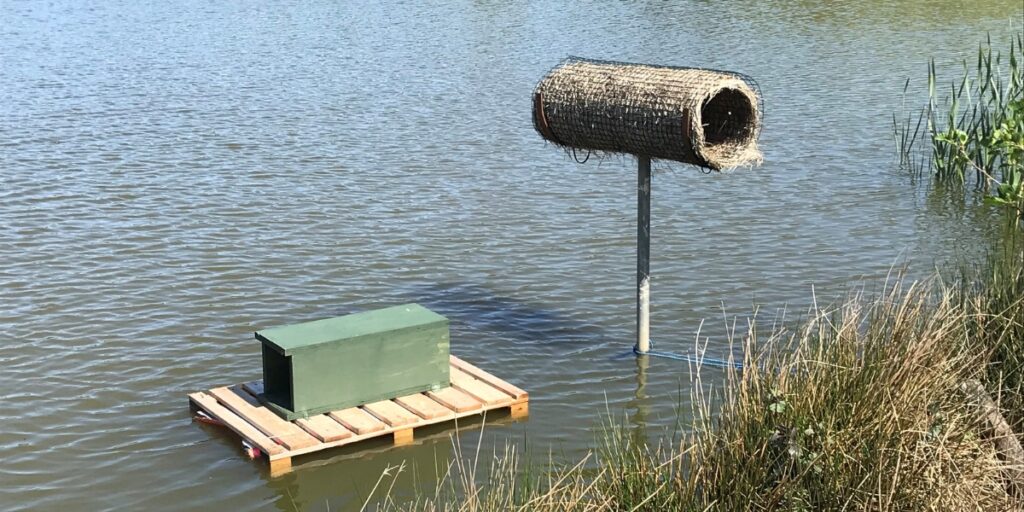
A mink trap next to one of Taw and Torridge Wildfowling Club’s duck nest tube
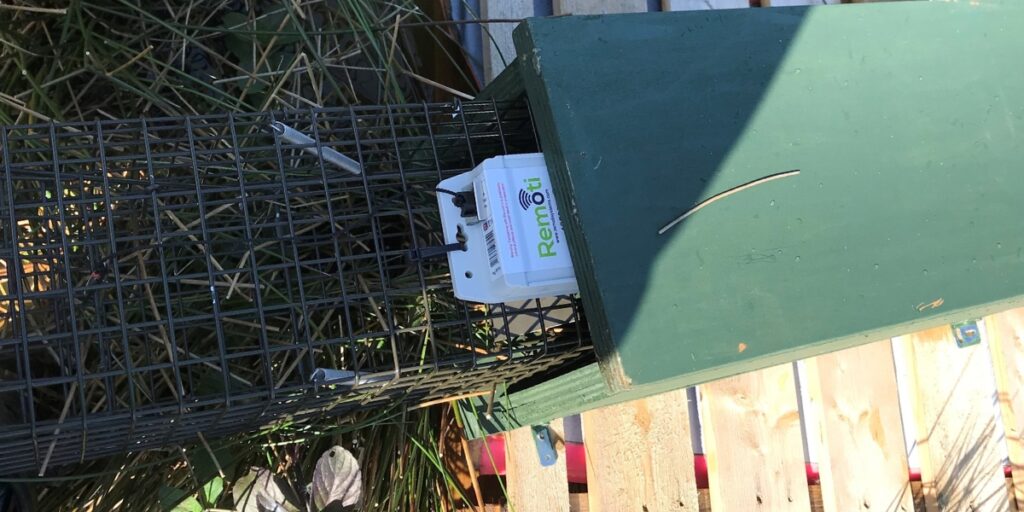
Remote monitoring device on a mink trap
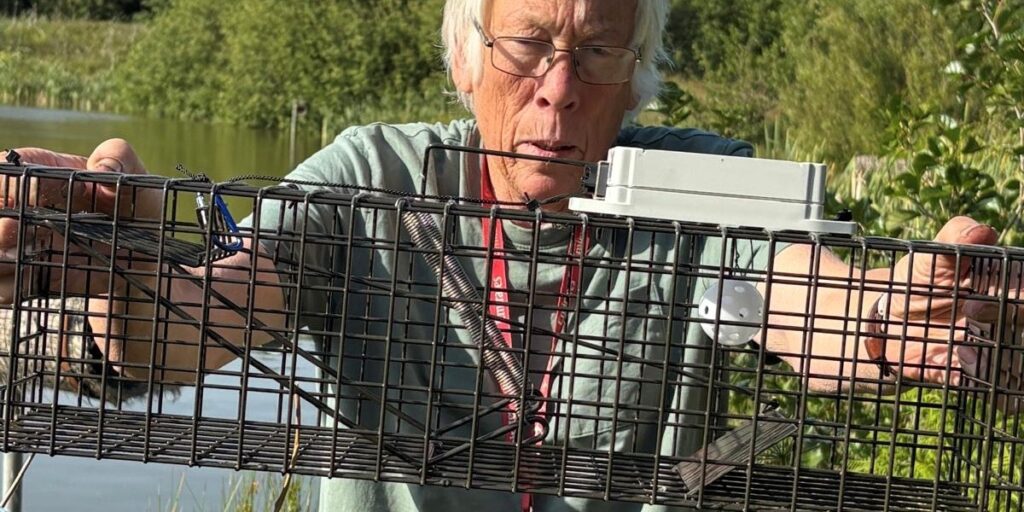
The mink trap is a standard treadle-operated live cage trap, with a restricted entrance to specifically exclude otter cubs
Kevin Hyland, TTWC’s conservation officer, attended a mink control workshop in 2019 led by Pam Marshall-Ball of Rookmarsh Ecology. Pam had played a key role in running a successful control programme on the Somerset Levels.
Clay-based detection pads, used effectively in the Somerset project, have since been superseded by modern electronics, significantly reducing travel time and labour. However, TTWC discoverd that Waterlife Recovery Trust (WRT) has been running a highly successful mink eradication programme, first launched in East Anglia. Their newsletters make fascinating reading and highlight just how effective the project has been. More information can be found on the WRT website.
Read our guidance on invasive American mink to find out how to control it in the most effective ways.
For upcoming mink control courses, please visit our dedicated page.
WRT has provided vital support for the TTWC programme. At the heart of the trapping system is the Remoti. This is a remote sensor that sends both an email and a text alert to selected volunteers, removing the need for daily in-person trap checks. The club now has a team of volunteers ready to respond to any trap activation.
WRT plays another key role in the project by supplying ‘Eau de Mink’, a scent attractant made using hand-rolled cigarette filters infused with mink odour. Move over, Coco Chanel, this scent piques the curiosity of passing mink, which enter the trap to investigate.
In return for this unique ‘perfume’, the club sends mink carcasses back to WRT. The scent glands are used to produce more attractants, and the carcasses contribute to ongoing genetic research.
The traps themselves are simple yet ingenious. A pallet is used as a base, paired with one of North Devon’s many discarded bodyboards as a flotation aid. Only fibreglass or plastic-coated boards are used to avoid foam breakdown and plastic pollution.
A commercially available live-catch trap, specifically designed to exclude otter cubs, is placed inside a tunnel, with the Remoti sensor attached to the spring door. A magnetic switch is triggered when the trap is sprung.
The raft is set adrift close to the shore to minimise the risk to non-target species and the scent attractant only needs replacing every three months. The beauty of the system is that it requires minimal operator input, making it ideal for a volunteer-led initiative.
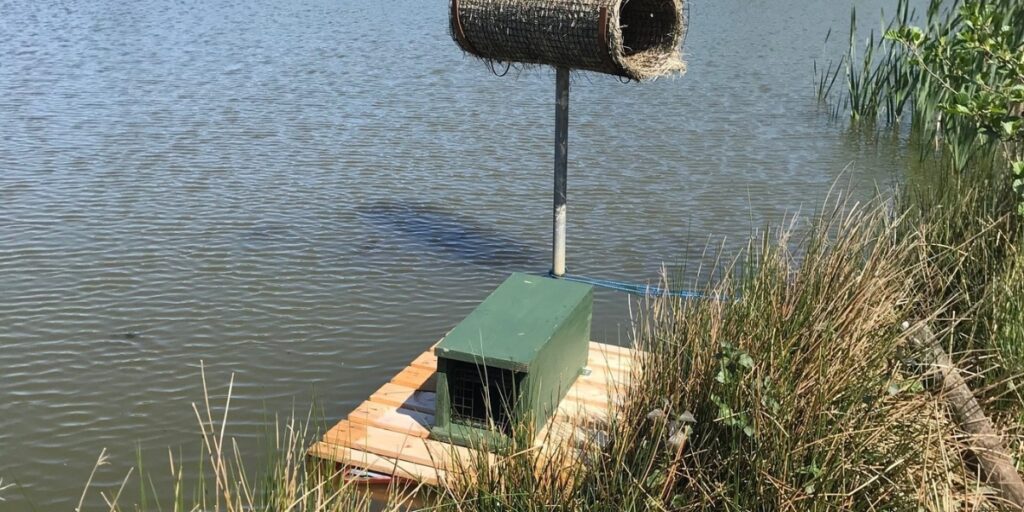
There’s no doubt that the project is a long-term commitment. Data from WRT shows that just eight mink were caught in all of Devon in 2024. However, the East Anglia data illustrates the system’s immense potential. The trap network is expanding across the UK; from Ardtornish Estate in Scotland to TTWC and others across the South West. With continued effort, we may one day achieve a mink-free Britain.
What the club needs now is volunteers willing to store mink carcasses in their freezers at home. Get in touch here if you think you might be able to help.
TTWC is a BASC-affiliated wildfowling club based on and around the North Devon coast, focusing principally on the Taw and Torridge estuaries.
The club welcomes new membership enquiries, which should be addressed to the TTWC secretary.
New members will be required to play an active role in maintaining and expanding its conservation work.
Taw and Torridge Wildfowling Club also welcomes contact from landowners or any land management organisations to discuss future proposals for conservation projects. Subjects should ideally be related to wetland conservation, but all projects that may benefit biodiversity, invasive species control and the environment will be given consideration. Please contact the TTWC secretary and copy in the TTWC conservation officer.
TTWC would like to express their thanks to:
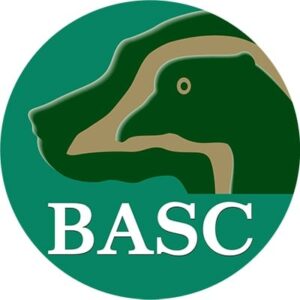

To mark World Wetlands Day 2024, Sarah Pinnell explains what makes wetland habitats so special and highlights some of the work carried out to protect them.
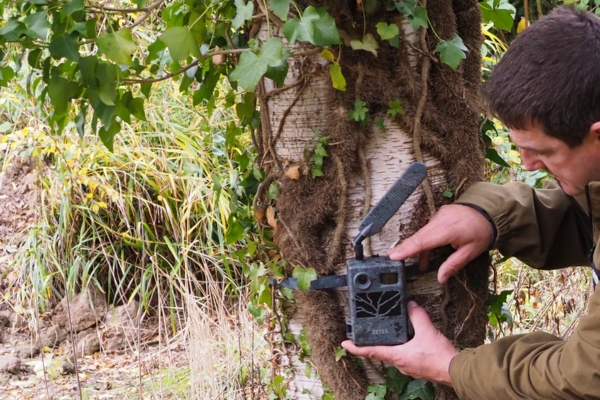
Each year, we draw a prize winner for BASC’s duck nest monitoring project to recognise the efforts of our members in supporting wild duck populations.

This year’s BASC Wildlife Fund stamp, titled Pintail over Wentloog, celebrates an important coastal habitat restoration project in South Wales.